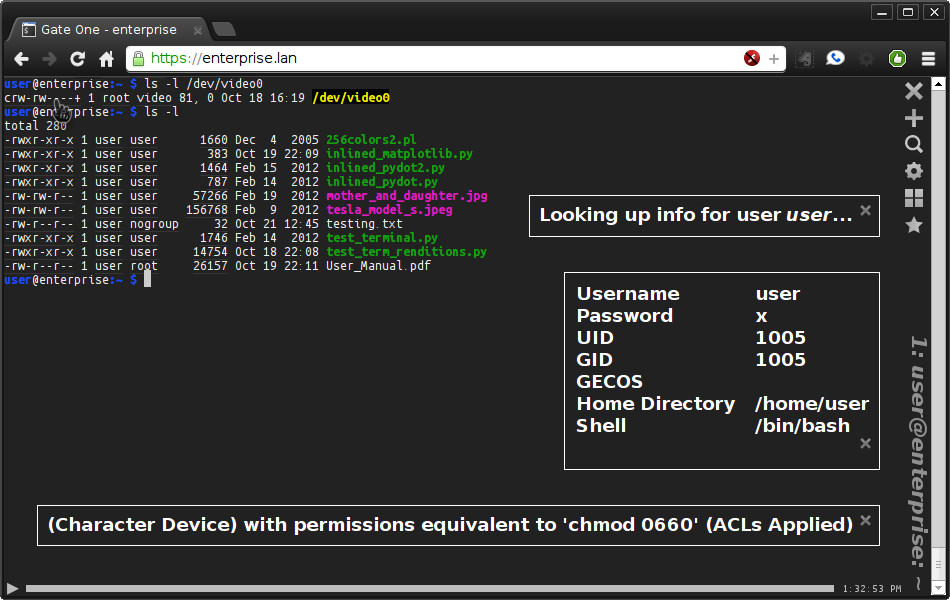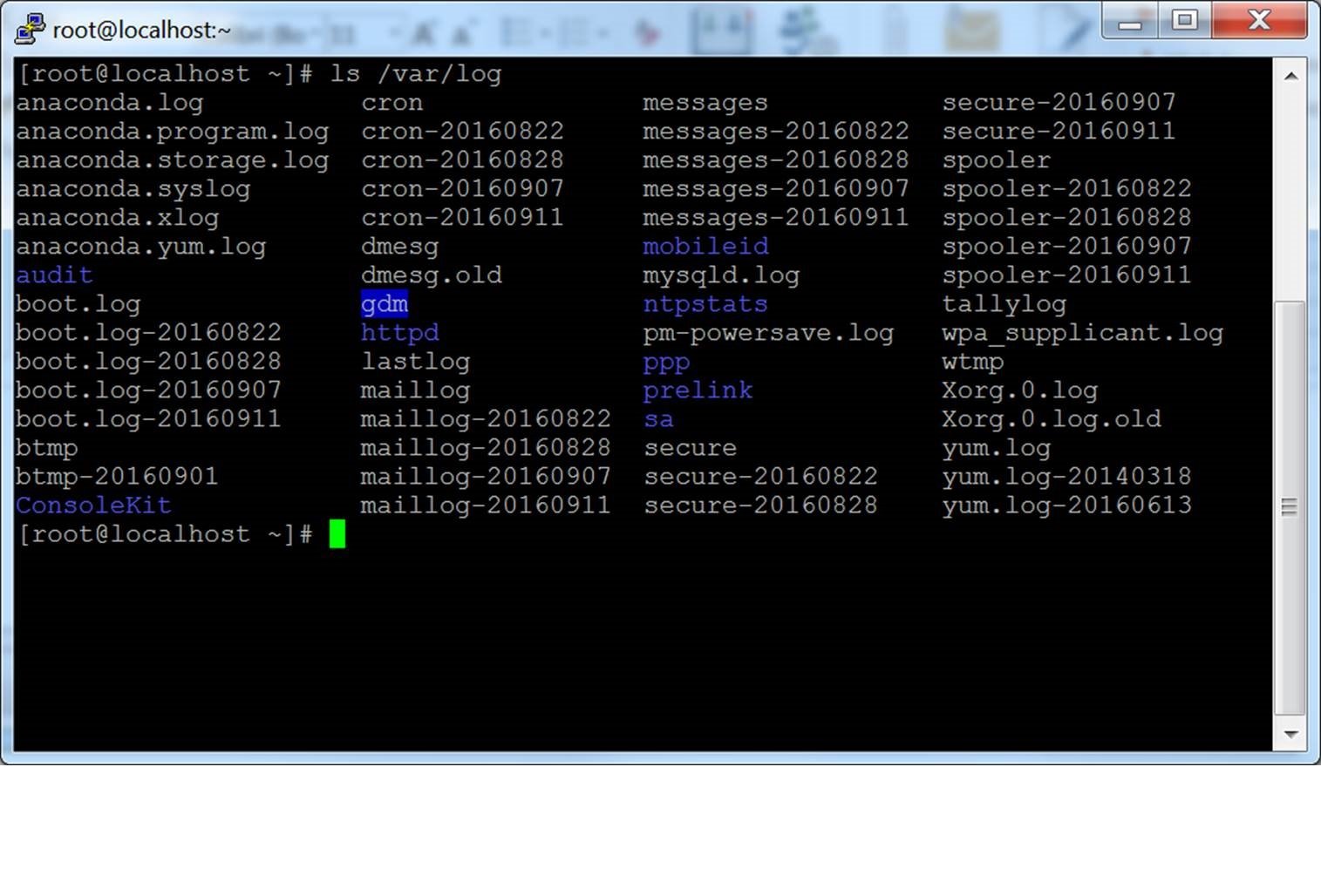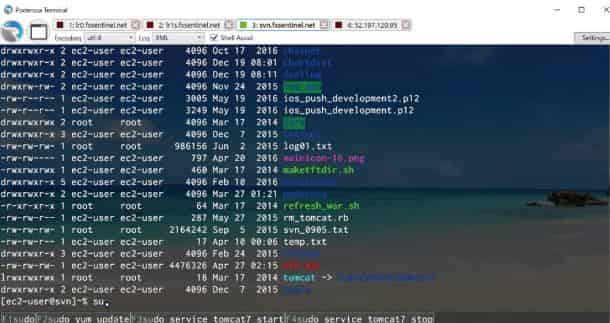

└─577 /usr/sbin/sshd -D it's inactive, start it with the systemctl start sshd command. Loaded: loaded (/usr/lib/systemd/system/rvice enabled vendor preset: enabled)Īctive: active (running) since Fri 11:12:05 UTC 2 years 11 months ago Check whether the SSH daemon is already running by typing systemctl status sshd: $ systemctl status sshd The default configuration, where no line is uncommented, should work for this example. # OpenSSH is to specify options with their default value where # The strategy used for options in the default sshd_config shipped with # This sshd was compiled with PATH=/usr/local/sbin:/usr/sbin:/sbin:/usr/local/bin:/usr/bin:/bin # This is the sshd server system-wide configuration file. The configuration file is located at /etc/ssh/sshd_config and contains a lot of switches that can be activated by commenting out related lines: # $OpenBSD: sshd_config,v 1.100 5 12:32:04 naddy Exp $ First, check the daemon's SSH configuration. The Linux system (Fedora 33 in my case) acts as the SSH server that allows the PuTTY SSH client to connect.

how to tunnel a certain protocol over SSH. how to copy files over the network, and 4.

how to set up a remote console connection, 3. how to configure the SSH daemon on the Linux side, 2. In this article, I'll explain four ways to use SSH: 1. Because SSH traffic is encrypted, you can use SSH as a transport layer for any protocol that does not provide encryption by default. SSH can also be used to tunnel other network services. A common use case is the headless configuration of embedded devices, including the Raspberry Pi. You can use SSH to control almost any Linux machine, whether it's running as a virtual machine or as a physical device on your network. In Fedora 33, the SSH daemon is installed but not activated. You can hardly find a Linux distribution that does not come with the SSH daemon. The SSH server is usually running as a system daemon, so it is often called SSHD. SSH uses a client-server architecture, where an SSH client establishes a connection to an SSH server.


 0 kommentar(er)
0 kommentar(er)
